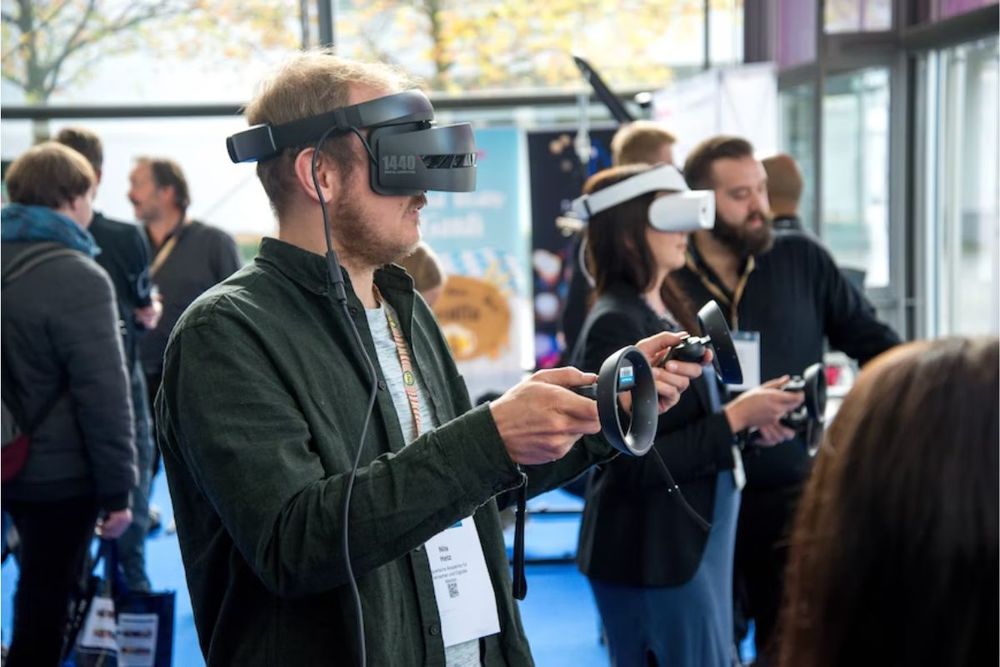The world was first introduced to the notion of the metaverse in American writer Neal Stephenson’s 1992 book, Snow Crash. A speculative fiction writer, Stephenson wrote about a virtual world that had the potential to extend the physical world.
Actions in the virtual world could possibly impact the physical world. The technology in the book was imaginary but based on the technological advancements of the 20th century which brings us to the hyped metaverse of today.
Top six trends
The socio-economic impact of a fully functional persistent cross platform metaverse is still being studied. Research and consultancy company, Gartner, has found that the following six trends will drive wide scale adoption of metaverse technologies over the next three to five years:
1) Gaming
Games are the most popular and perhaps the oldest application in the metaverse. More immersive gaming and fantasy worlds that are complex will be easier to develop using metaverse technologies. Using game theory, storytelling, training simulation, the applications of gaming will move beyond just entertainment. This ‘serious games’ market will grow by 25 per cent because of the impact of the metaverse.
2) Digital humans
Our virtual selves in the metaverse will interact with AI-driven digital characters that will have the personality, knowledge and mindset similar to us. Our digital twins, or humanoid robots will be able to interpret speech, gestures and images and use that information to generate their own speech, tone and reaction. This will help create a conversational experience. As we move towards the metaverse, digital humans will be brand-embodied avatars, virtual influencers or digitised celebrities.
3) Virtual space
The virtual world will soon be populated with more people than ever before and not just gamers. Gartner predicts that by 2025, 10 per cent of workers will use virtual spaces for activities such as sales, customer engagement, remote teams collaboration and onboarding.
4) Shared experiences
Virtual environments can be used in silos for your individual fashion or gaming experience, but it’s true potential will be realized with public events that will offer participation in the metaverse. By 2028, 10 per cent of public events in sports or the performing arts will allow people to have a shared experience virtually and create more opportunities to commercialize the metaverse and also create immersive experiences.
5) Tokenised assets
The token economy has created an asset class that is transforming capital markets and creating new economic models. The metaverse will allow people to own tokenised assets which will mostly be NFTs. Creators of the NFTs will be able to retain most of their revenue and by 2027, it is predicted that 25 per cent of e-commerce retail organisations will have at least one proof of concept for tokenised assets in the metaverse.
6) Spatial computing
When a virtual world exists in parallel to the physical world, there is also the possibility to change the perception of physical spaces. Spatial computing that is broadly synonymous with extended reality, creates the power of place, of physicality with digital together.
Spatial computing is an important part of the coming economic change and it will use physical space as a computer interface. By 2026, spatial computing glasses will be in their second or third iteration and help create a more pervasive metaverse experience.
Making the metaverse mainstream
As fascinating as the future of the metaverse looks, mainstream adoption requires forging utility for the common man. The main barrier today is that gaming is central to metaverse technologies. Most investments and technological breakthroughs are in the gaming universe. Other challenges for mass adoption start with form.
State-of-the-art hardware that is cumbersome and is extremely expensive creates a clunky experience. These have generally been prohibitive for wider VR adoption and could be a roadblock for the metaverse. Once the barrier for flowing in and out of the metaverse becomes invisible, the adoption rates will naturally soar.
The metaverse is here to stay
Despite the concerns of substantiality, the metaverse is the future we’re living through. To truly recognise its potential, we have to redefine our vision for the world and sell that to make it mainstream. We need a metaverse that is ethical, safe and inclusive. Stakeholders need to ensure their metaverse roadmaps do not just acknowledge and tackle the barrier listed above but also ensure data privacy and security.
The metaverse is still in its infancy and despite the revolutionary concept, it is a turning point with limitless opportunities for networking and brand growth. This is not a technology that will fade out, the hype is real and demands earnest attention. The revolution is here and it brings possibilities to develop communities in ways we could not fathom before.
News Source: Gulf Business









